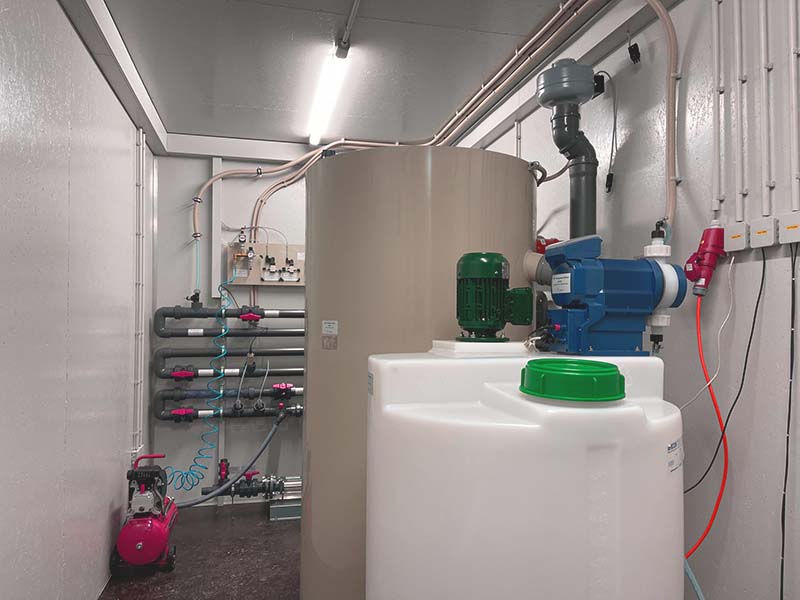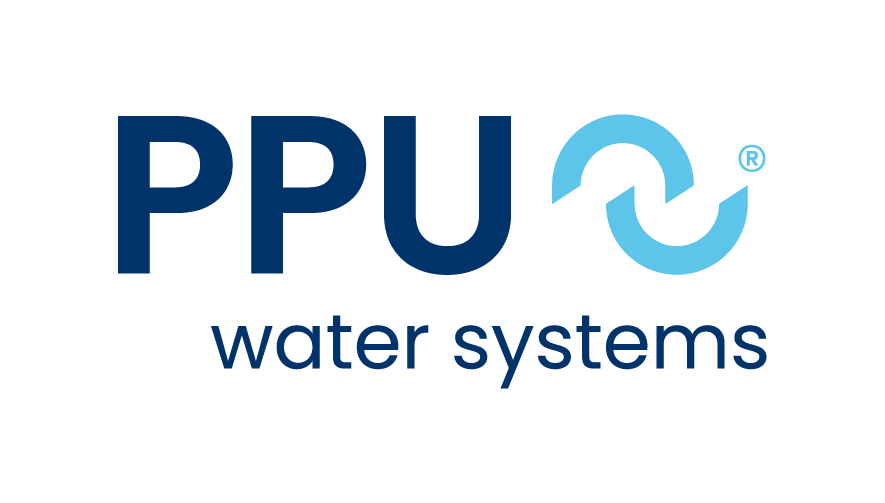Companies can conserve water, energy and reduce their impact on the environment and global water quality by investing in industrial wastewater treatment systems. Companies that are choose a more sustainable approach to wastewater treatment can find favour in the more environmentally conscious global marketplace that exists today. It makes more sense, economically and environmentally, for companies to invest in treating wastewater onsite where the ROI is quickly realised and the carbon footprint is reduced.
Why invest?
Companies have two choices: to dispose of wastewater by sending it to the municipal plant or to invest in treatment systems owned and operated onsite. When sending wastewater to the public works, companies have three costs to consider: handling, transport, and treatment. Treatment costs increase with the levels of contamination. Furthermore, the opportunity to recover any water for reuse in production processes is lost.
By eliminating the cost of handling and transport alone, it costs less in the long run and is more environmentally friendly for companies to invest in onsite treatment. There are numerous treatment technologies available on the market today. Each one uses a particular process to target specific contaminants in the wastewater. A combination of technologies is often the best way to meet discharge licenses and to conserve water and energy.
5 Industrial Wastewater Treatment Systems
Fixed Bed Biological Reactor (FBBR)
The fixed bed biological reactor consists of growth material and an aeration system. The growth material consists of net tubes to which microorganisms can attach and grow. The aeration system sits under the fixed bed material and supplies the microorganisms with oxygen. FBBR is ideal for heavily contaminated industrial sewage from the oil and gas industry, the food and beverage industry, mining, agriculture, landfills, or the textile industry. FBBR is a popular choice due to low energy consumption, high treatment standards and ease of operation.
Sequential Batch Reactor (SBR)
The ClearFox® SBR process is one of the most effective and at the same time most cost-effective industrial wastewater treatment systems on the market, which is particularly suitable for very high water volumes. The plant purifies the industrial wastewater in four phases: Filling – Aeration – Settling – Separation. In these four phases, the system supplies the microorganisms with oxygen so that they form an activated sludge which reliably cleans the wastewater. The advantage of the ClearFox® SBR process is its flexibility of application. The SBR system can be installed in almost any tank size and shape. It is suitable for all areas where biodegradable wastewater is produced.
Dissolved Air Flotation (DAF)
The ClearFox® DAF adds flocculants to the wastewater to bind dissolved or suspended substances. In this way, it removes oils found in the food and beverage industry or in the oil industry. The system is flexible and can adapt to any type of wastewater. A jar test determines the auxiliary agents that best bind the dissolved substances. Thus, the system can achieve a perfect cleaning result.

Advanced, Electrical Oxidation (DiOx)
The ClearFox® DiOx EO process uses diamond-coated electrodes to remove particularly difficult-to-degrade substances from industrial wastewater. The boron doped electrodes make the technology the most efficient process for industrial wastewater treatment. The addition of electrical energy creates powerful OH radicals that oxidise the pollutants in the wastewater. The reaction products are either sludge, which can be removed from the wastewater, hydrogen, carbon dioxide and ozone, or a combination of these. While organic molecules are degraded to CO2 and water, heavy metals, among others, react to form separable flocs.
Sludge Treatment
The treatment of industrial wastewater produces sludge, the treatment of which is a great advantage for companies. There are individual solutions for each type of industrial sludge. The biggest advantage of sludge treatment is the dewatering of the sludge. This reduces its volume, which means that companies do not have to remove it as often. This is a cost-saving factor in most cases.
Why Choose ClearFox®?
With many equipment suppliers on the market, it can be difficult to choose the right partner. That’s why customers across Europe and 50 countries worldwide trust ClearFox® for integrated solutions backed by process guarantees.
✅Compact footprint — saves valuable space
✅Automated operation with optional remote monitoring
✅Low OPEX with energy-efficient process technologies
✅Seamless onsite integration into existing systems
✅Simple solutions for complex treatment challenges
✅Budget-conscious design with no compromise on quality
✅Customer-first approach to support and satisfaction
✅ Lowest operational costs on the market
✅ Modular & scalable systems
✅ Leasing options available for short-term or pilot projects


